If you’re concerned about Henbit in your lawn or garden, look to Senske Lawn Care professionals. With 70+ years of industry experience, we’re experts in Henbit weed control. Best of all, the Senske Promise guarantees our job is done only when you’re satisfied with your Henbit weed treatment results. Get the best Henbit weed killer. Contact Senske today. Call (877) 944-4007 or click to request an estimate online for FREE!
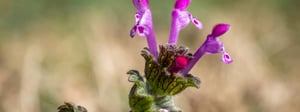
Bermuda Grass
Residential Lawn, Tree, & Pest Control
Some descriptive text here?
Pest Control Program
starting at $93/treatmentFull Service Year Round
*Prices vary by location and property sizes
Lawn Care Program
starting at $52/treatmentComprehensive Treatment
*Prices vary by location and property sizes
Pest Control Program
Starting at $93/treatmentYear Round Protection
Per Treatment for Spraying**
Prices vary by location and property sizes
DENVER LAWN CARE
Senske offers Revive®, a uniquely organic lawn fertilization treatment in Denver, CO. This specialty fertilizer and soil treatment is specially formulated for East Denver lawns.
DENVER PEST CONTROL
Our certified pest control technicians expertly identify pest problems unique to Denver and safely rid your home and property of them. We'll even keep them from returning.
DENVER TREE SERVICE
Our ISA certified arborists know the specific needs of trees and shrubs in Denver, CO. Let Senske protect your property investment and care for your trees.

DENVER LAWN CARE
Senske offers Revive®, a uniquely organic lawn fertilization treatment in Denver, CO. This specialty fertilizer and soil treatment is specially formulated for East Denver lawns.
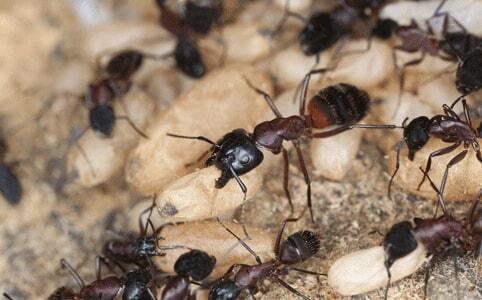
DENVER PEST CONTROL
Our certified pest control technicians expertly identify pest problems unique to Denver and safely rid your home and property of them. We'll even keep them from returning.
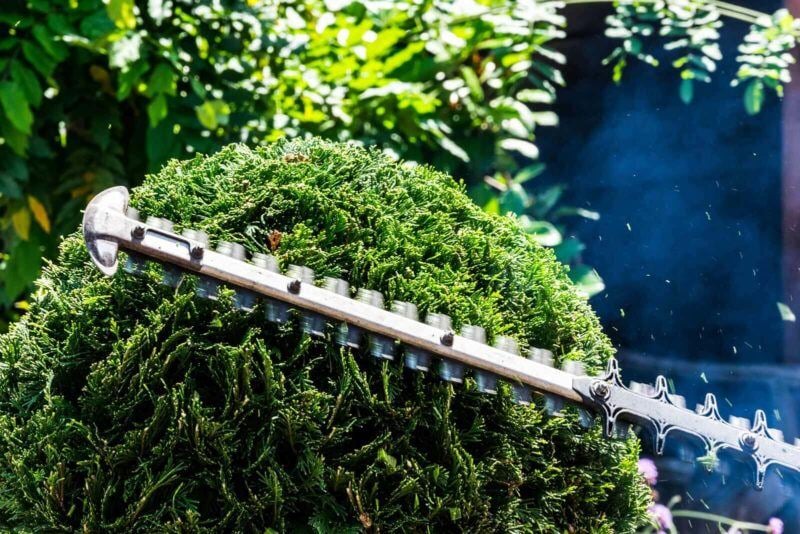
DENVER TREE SERVICE
Our ISA certified arborists know the specific needs of trees and shrubs in Denver, CO. Let Senske protect your property investment and care for your trees.
What is Henbit (Lamium Amplexicaule)?
Henbit is a winter annual weed that blooms in early spring. As the summer heats up, its flowers go to seed and drop into the earth, where they’re able to germinate in the fall/winter and even grow (going dormant when temperatures reach too low). Invasive to North American by way of Eurasia, Henbit gets its name from the hens and chickens that enjoy eating it, and is sometimes called “common henbit” or “greater henbit”. A member of the mint family, Henbit’s flower nectar is enjoyed by hummingbirds, butterflies, and bees.
The Henbit plant is edible, but many say it tastes more like kale than mint. Leaves are the most common part of the plant to ingest, though the stem and flowers are also edible. Henbit uses include teas, salads, and soups. While non-toxic, Henbit is difficult to manage and not recommended as a leafy green alternative by most gardeners.
- What Does Henbit Weed Look Like?
- Henbit vs Dead Nettle
- How to Prevent Henbit in Your Lawn
- How to Get Rid of Henbit
What Does Henbit Weed Look Like?
We’re frequently asked, “What are the weeds with purple flowers called?”. A few weed species come to mind, but Henbit and Dead Nettle are the most common. Both are types of Dead Nettle – plants that resemble Stinging Nettle but don’t produce the same, spicy nettles (hence, the Dead Nettle name). Let’s discuss the Henbit description first.
Henbit is a leafy, green (sometimes greenish-purple) plant with tubular, purple flowers and square stems. Its leaves can be slightly hairy and grow in pairs opposing one another. Small and loosely fan-shaped, with scalloped edges, the leaves can be found populating entire stems rather than just the plant’s base. Leaves toward the base often grow from longer stems so they can reach the sun, while leaves growing near the top will hug closer to the stem (allow sun and water to reach below).
Henbit flowers grow where leaves meet the stems, but near the top, they’ll often gather into a whorl-shape angled toward the sky. The flowers somewhat resemble Snapdragons with one large petal on top and two smaller petals on the bottom. Sometimes spotted inside with dark purple, they can be quite striking. Stamens produce bulbous, deep purple tops.
Henbit vs Dead Nettle
Like Purple Dead Nettle, Henbit is a type of Dead Nettle. Purple Dead Nettle weeds with purple flowers can closely resemble Purple Henbit flowers. Purple Henbit is often confused with its Purple Dead Nettle cousin, so let’s discuss some key differences.
While Henbit leaves are more like fans, Dead Nettle leaves more closely mimic that of mint (spear-shaped and angular). Often, leaves closer to the top of Purple Dead Nettle will actually take on a shade of purple (hence including the color in the name). One last difference to look for when it comes to identifying Purple Dead Nettle vs Henbit are the leaf stems. If the leaf stems turn more purple toward the stalk, you’ve probably found Purple Dead Nettle (Purple Nettle).
How to Prevent Henbit in Your Lawn
Henbit will take over your yard, if provided the opportunity, and is difficult for homeowners to eradicate without killing grasses as well. To prevent Henbit or any nettle from showing up, keep your lawn green and healthy with an adequate lawn care program that includes thatch removal, aeration, overseeding, fertilization – where necessary, proper mowing, and deep watering at infrequent intervals. Lush, green lawns grow high and thick, and don’t allow for the growth of weeds.
If discovered when small, you may choose to hand-pull Henbit weeds out at the roots the second you notice them sprout. For larger areas of Henbit, a professional approach with the proper tools and Henbit weed killer or Henbit herbicide may be your best bet.
How to Get Rid of Henbit
If you have mature Henbit plants or wide areas of Henbit growth, you’re likely experiencing a Henbit lifecycle that will continue itself unless fully eradicated. Many in your position wonder how to get rid of Henbit weed. A multi-step approach may be needed to fully eradicate Henbit weed plants from your property, as seeds often lay dormant underground in the heat.
The best Henbit killer you have at your disposal is a Senske Lawn Care professional. Our experts understand Henbit identification, locate problem nettle areas, diagnose reasons behind your Henbit growth, and apply proven approaches to help you get rid of Henbit weeds in your lawn. More than that, we’ll tell you the proper steps to take so you can stop the weeds from taking root again.
How to Get Rid of Henbit
Weeds, Lawn & Tree Diseases, and Pests to Look Out For
Weeds Common for Denver
Senske lawn care and tree service treatments in Denver East enables a greener lawns, healthy trees and shrubs without the hassles and time commitment needed to maintain it yourself. We’ll also help remove weeds, treat lawn and tree diseases and problem areas. Senske Services has been providing residential and commercial lawn care services to communities in the Northwest since 1947.
Our Denver East and surrounding communities lawn care services reflect our commitment to quality in all aspects of lawn maintenance. Learn more about Denver East weed and lawn diseases we solve:

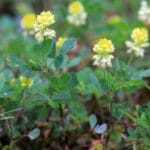
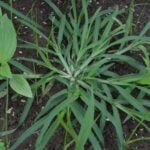
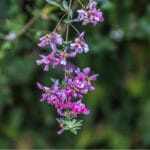






Find Out About Other Weeds, Lawn & Tree Diseases, and Pests to Look Out For























How can we help you?
No annual contracts & 100% guaranteed results.
Get a Free Estimate Today
Make your yard the greenest on the block and enjoy a home free from pests, all delivered by courteous, & professional techs.Great service!
Jason did a nice job on our Christmas lights. The crew arrived on schedule and accommodated my special requests. They even wired up a few of my yard decorations without my asking them. Thank you!
Very Professional!
“Max calls ahead, comes early in the day, and answers all my questions. He’s very professional!"Extremely Pleased!
“I have been extremely pleased with this service, my lawn has literally gone from drab to fab. Steve serviced the lawn today and as always, let's me know he is here (per my request) tells me follow up steps and then is on his way to do the service."Thankful for Senske!
“I am thankful my neighbor recommended Senske services, as a single mom, I do not have time, or energy to fix my lawn, so I hired the pros. Definitely worth it and very reasonable costs. Much appreciated."The Dirt
Find out more on our blog.









